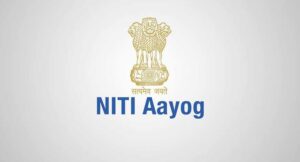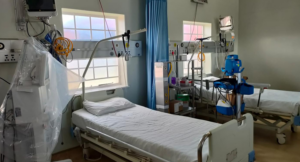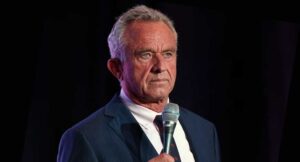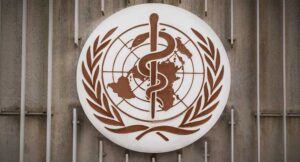Investment firm KKR is set to acquire a controlling 51% stake in Bengaluru-based cancer care hospital chain Healthcare Global Enterprises (HCG) from private equity firm CVC Capital Partners.
The move underscores KKR’s growing focus on India’s expanding healthcare sector, which has witnessed significant private equity-led consolidation in recent years.
Deal Details and Valuation
Following the purchase, KKR will initiate a mandatory open offer for an additional 26% stake. If successful, KKR’s total ownership in HCG will rise to 77%.
The definitive agreements are expected to be signed in the coming days.
Ownership Structure Post-Transaction
Despite the change in control, HCG’s founding family, led by Dr. BS Ajaikumar, will retain a 10.87% stake in the company. However, Dr. Ajaikumar will transition from his role as Executive Chairman to a non-executive position, where he will focus on research and development initiatives.
CVC Capital Partners, currently holding 60.36% of HCG, will reduce its stake to nine percent after the transaction.
CVC initially acquired its majority share in June 2020, investing approximately ₹1,049 crore through a combination of new shares and convertible warrants. It later increased its stake through a mandatory open offer.
KKR’s Renewed Focus on Healthcare
The acquisition signals KKR’s strategic push into India’s healthcare sector. Previously, the firm exited Max Healthcare in one of its most profitable deals in India.
However, in 2024, KKR re-entered the market by acquiring Baby Memorial Hospital, demonstrating its commitment to specialty hospitals and healthcare services.
India’s cancer care industry is growing at a compound annual growth rate (CAGR) of 17%, with HCG expanding even faster due to its aggressive growth strategy. KKR and CVC Capital Partners began bilateral negotiations in October 2024, drawing interest from several global private equity firms, including Bain Capital.
However, KKR ultimately secured the deal after months of discussions. Leading investment banks Goldman Sachs, JP Morgan, Allegro, and Ambit are advising on the transaction.
HCG’s Expansion and Growth Strategy
Founded in 2005, HCG operates 21 comprehensive cancer centers, three multispecialty hospitals across India, and an international facility in Kenya.
The company faced financial difficulties during the COVID-19 pandemic due to debt-financed expansion and disruptions in cancer care services. However, it has since improved operational efficiency and pursued strategic growth initiatives.
In late 2024, HCG acquired MG Hospital in Vizag, a 196-bed facility with a strong 35% operating margin. Additionally, the company launched a 200-bed cancer care center in Ahmedabad. It is also expanding its North Bengaluru facility by 125 beds.
As reported by digitalhealthnews.com, HCG has plans to expand its capacity by adding 900 more beds over the next four to five years. This move aims to meet the rising demand for specialized cancer care. Chemindigest









